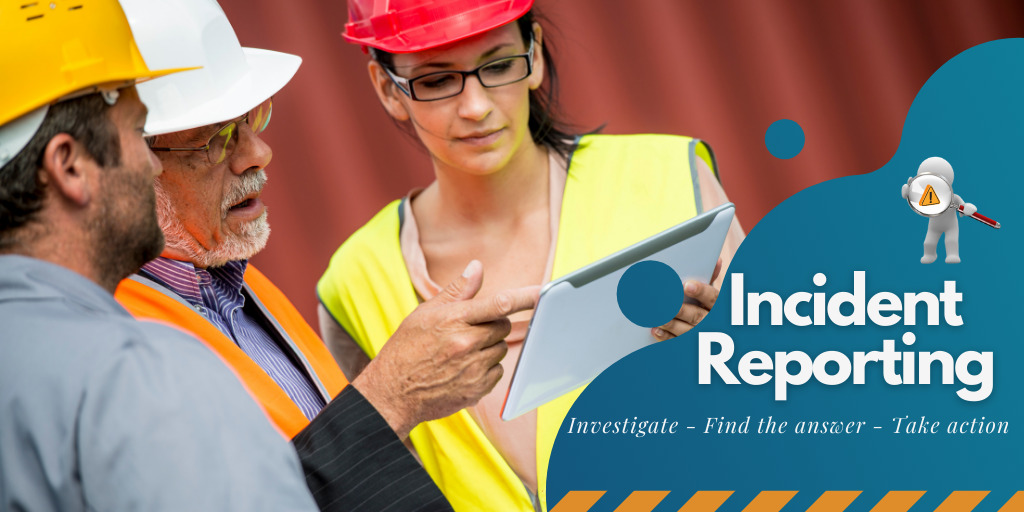An incident refers to an unplanned event or occurrence that leads to a consequence to an individual or business (Oxford English Dictionary, 2021). An incident is most often considered as relating to workplace health and safety; however, incidents can also involve other factors such as the natural environment, non-compliance events and property damage. With this in mind, an incident can include events such as:
- Employee injury, illness or death related to workplace conditions or activities completed in the workplace;
- Harm or damage to an environmental receptor;
- Non-compliance with internal procedures, policies or legislation;
- Damage to buildings or equipment; and
- A near miss that could have resulted in any of the above.
There are certain connotations around incidents in the workplace as being something negative, embarrassing or problematic. Perhaps this is because the occurrence of an incident can often be avoided or because people feel they may be ‘blamed’ if they were involved in an incident, or it could be the formalities surrounding reporting and investigation.
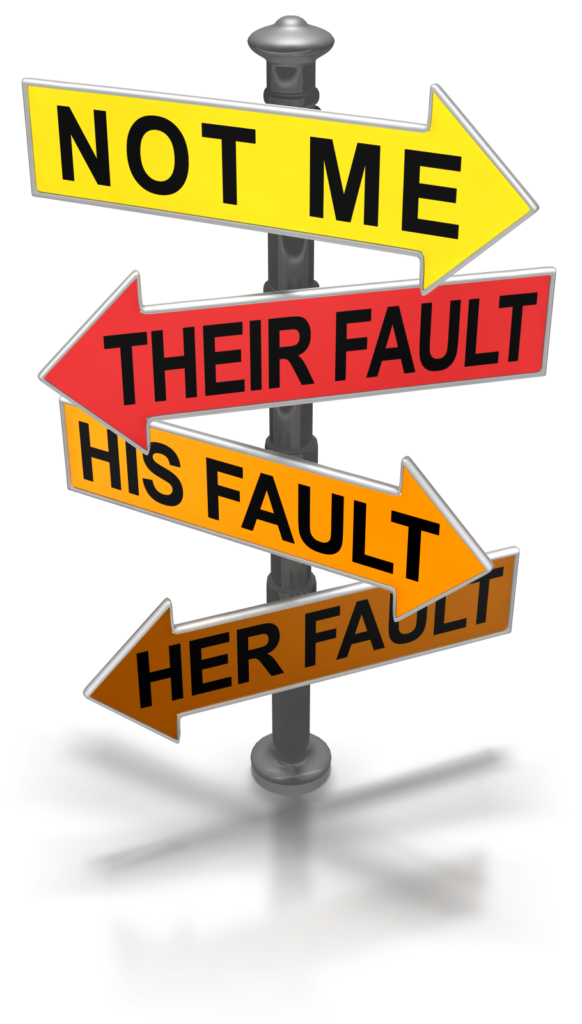
Unfortunately, incidents do occur, however, rather than being problematic, there are opportunities and benefits through the incident reporting and investigation process that can lead to long-term workplace and business improvement.
Reporting: Knowing when an incident occurred
Incident Reporting is a critical component of any workplace or business. Without a mechanism to report when incidents have occurred, it is challenging to understand whether processes prevent future incidents from occurring (Weekly Safety). Yet, even with a sound reporting system, incidents may not be reported because people feel uncomfortable, or the incident is viewed as ‘insignificant’ and not worth reporting.
It is therefore important to ensure employees understand why incidents are reported and the benefits, which include:
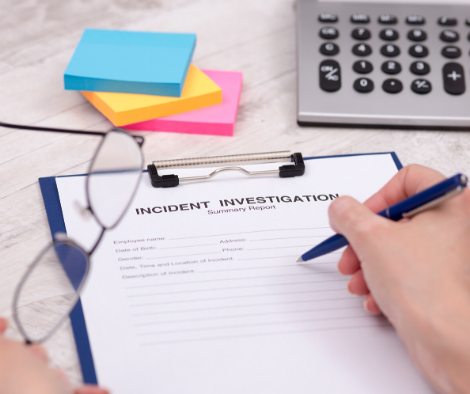
- Raising awareness of the hazards in the workplace which could prevent serious incidents from occurring (EHS Today, 2019);
- Starts a process for action to occur to resolve any issues or unsafe practices (EHS Today, 2019);
- Helps prevent reoccurrences (EHS Today, 2019);
- Allows trends to be tracked and changes implemented to prevent future incidents (Incident Report, 2021); and
- Improves culture and awareness in the workplace (EHS Today, 2019).
When an incident has occurred, it should be reported as soon as possible after the event (Incident Report, 2021). All incidents, regardless of scale or impact, must be taken seriously.
Investigation: Recording and gathering information
Following the reporting of an incident, an investigation should occur as soon as practical. Regardless of the type of incident, the aim of incident investigations to identify the root cause and ways to prevent similar incidents from occurring (Conserve, 2019). Perhaps one of the reasons incidents are not reported is because of the time and effort involved in the follow-up investigation and concern or embarrassment on what the investigation might find. At no point during the incident investigation should blame or liability be placed on the people involved.
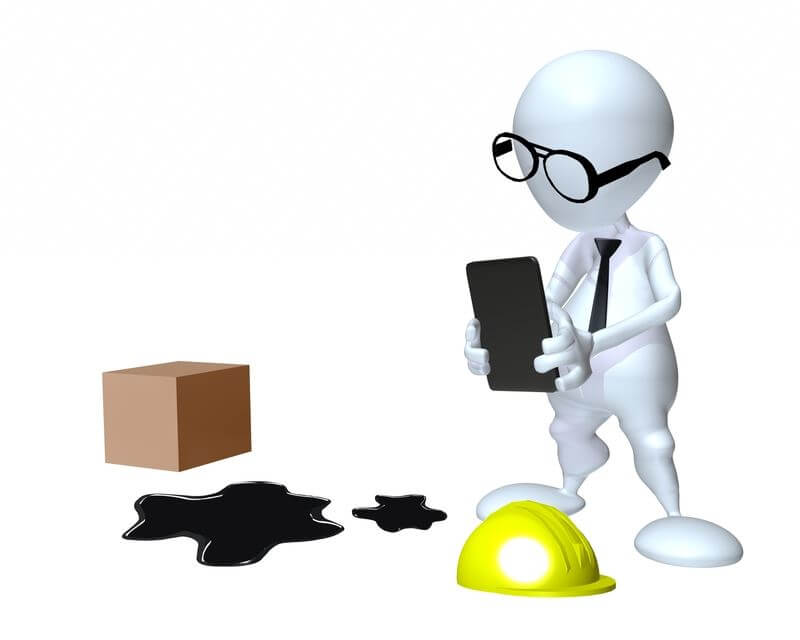
Conducting an Investigation
The general approach to the incident investigation will be influenced by the seriousness or complexity of the incident and may include:
- A Team Approach – the team should be selected from different departments, backgrounds and management levels. This allows different skills and knowledge to be contributed. A manager or supervisor and a safety and health representative should always be considered for the investigation team (DMIRS, 2020).
- Visit the site of the Incident – the team should visit the site of the incident together. This allows evidence to be gathered and should include taking photos or re-enacting the incident (DMIRS, 2020).
- Conduct Interviews – the team should conduct interviews and talk to people involved or who witnessed the incident. This can help paint a picture of the events leading up to the incident (DMIRS, 2020). It is important to remain impartial during interviews and not to ‘blame’ or be accusatory, hinderinghe investigation process (DMIRS, 2020).
- Collate Information – the team should collate information from the site visit, interviews and any other information relevant to the incident such as procedures, design drawings, equipment manuals, operating logs etc (DMIRS, 2020). Using the information gathered the team can determine the contributing factors of the incident, such as design, equipment failure, procedures and practices, environmental factors (USC, 2021).
- Recommendations – following the identification of the factors contributing to the incident, the investigation team can determine recommendations to address the contributing factors. The aim of recommendations should be to eliminate or minimise the risks associated with similar incidents occurring (DMIRS, 2020). Recommendations should be based on best practices and feasible.
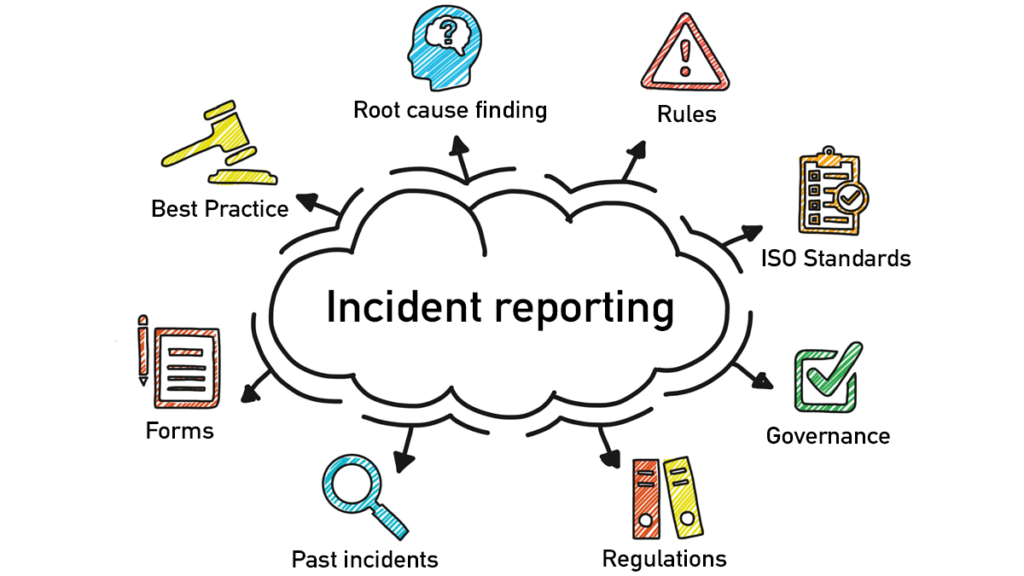
The incident investigation, including the findings and all supporting documentation, should be filed and stored to record the investigation occurring. To help guide the incident investigation process a checklist, standard or procedure can be developed to assist the incident investigation team and ensure all investigations are carried out similarly and thoroughly.
The major benefit of an incident investigation is improvements. It provides a mechanism for a business to identify where problems are and determine ways to address them.
Implementing the recommendations of the incident investigation
It is all well and good to report incidents and undertake investigations, but the only way to improve is to take the recommendations seriously and put these into practice.

Developing an Action Plan that outlines short and long-term actions to address the contributing factors of the incident is a good approach (DMIRS, 2020). The Action Plan can include targeted actions, responsibilities, and dates for implementation (USC, 2021). A review process is vital in any action plan to ensure the actions have been implemented, are effective and that adverse hazards have not been inadvertently generated (DMIRS, 2020).
Notifiable Incidents
Under legislation in Western Australia, some incidents which occur are notifiable to regulatory authorities. Further information relating to workplace health and safety incidents that need to be reported is available on the WorkSafe WA website, and for mining operations, this is available on the Department of Mines and Industry Regulation (DMIRS) Safety website.
Environmental incidents are also notifiable to the Department of Water and Environmental Regulation (DWER) and information relating to notifiable incidents are available on the DWER website. They may also be notifiable to DMIRS Environmental Compliance team.
Integrate Sustainability is able to provide assistance in developing a range of tools that can assist in the incident reporting and investigation process. Contact us to discuss your individual needs and how we can help on (08) 9468 0338 or enquiries@integratesustainability.com.au.
References
Conserve. (2019). What is the real difference between an accident and an incident? Retrieved July 1, 2021, from https://conserve.com.au/difference-between-accident-and-incident/
DMIRS. (2020). Injury reporting and Investigation Essentials for Employers. Retrieved July 1, 2021, from DMIRS Publications: https://www.commerce.wa.gov.au/publications/injury-reporting-and-investigation-essentials-employers
EHS Today. (2019). Why Reporting All Incidents Matters. Retrieved July 2, 2021, from https://www.ehstoday.com/safety/article/21920050/why-reporting-all-incidents-matters
Incident Report. (2021). What is Incident reporting and why do we need it? Retrieved July 1, 2021, from https://www.incidentreport.com.au/what_is_incidentreporting/
Oxford English Dictionary. (2021). Incident. Retrieved July 1, 2021, from https://www.oxfordlearnersdictionaries.com/definition/american_english/incident#:~:text=1%5Bcountable%5D%20something%20that%20happens,was%20just%20an%20isolated%20incident.&text=2%5Bcountable%2C%20uncountable%5D%20a,incident%20near%20here%20last%20night.
SafetyMint. (n.d.). Retrieved from https://www.safetymint.com/incident-reporting.htm
USC. (2021). Incident Investigation Guidelines. Retrieved July 1, 2021, from https://www.usc.edu.au/about/policies-and-procedures/incident-investigation-guidelines
Weekly Safety. (n.d.). Why your Workplace Safety Program needs Incident Reporting. Retrieved July 1, 2021, from https://weeklysafety.com/blog/incident-reporting

